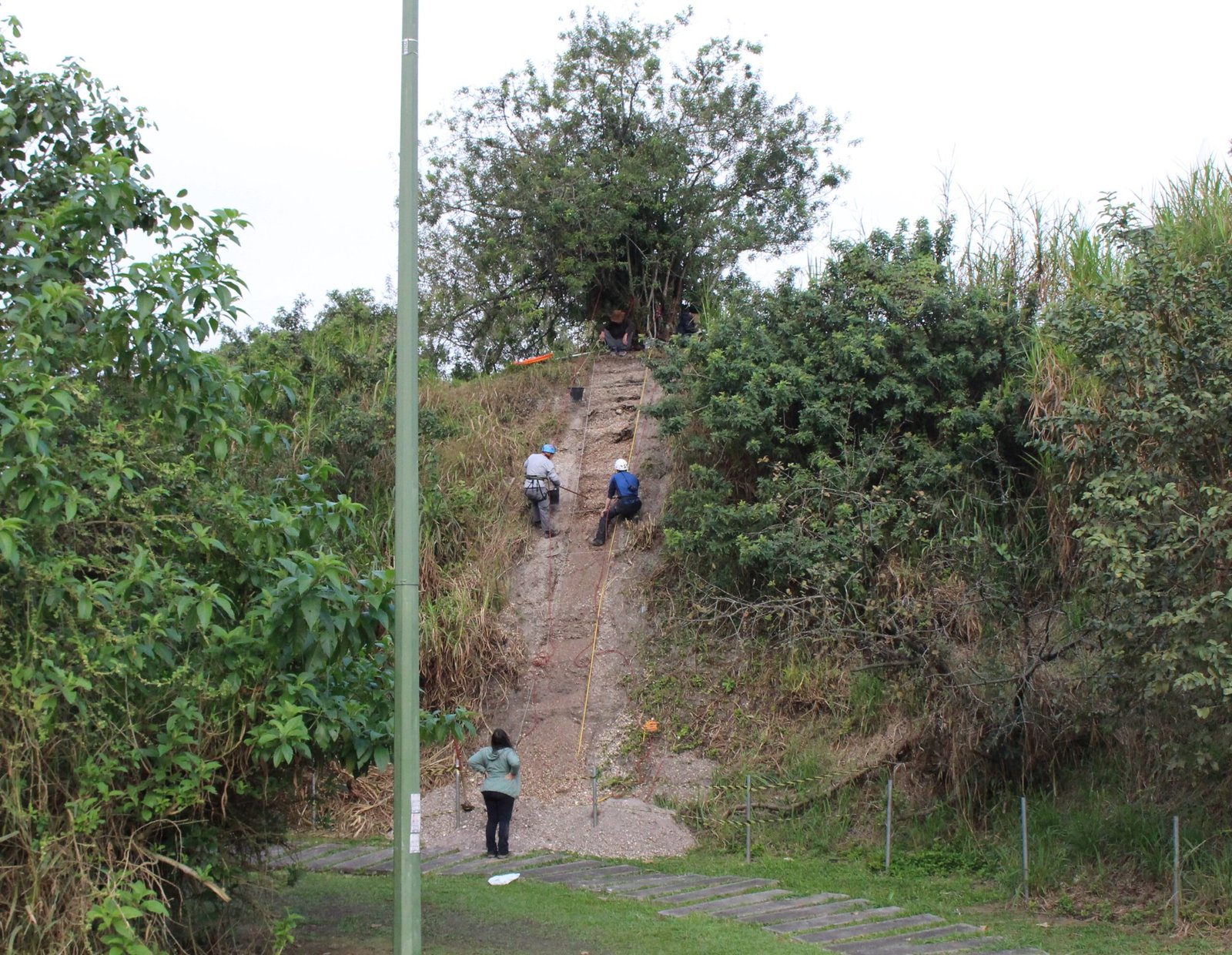Sambaquis are unique cultural heritage assets in Brazil, encapsulating Indigenous cultures and ecological knowledge that thrived for nearly 7,000 years in some of the world’s most diverse biomes. Despite decades of scientific research, uncertainties remain regarding their origins and evolving nature and their role in major socio-economic and demographic shifts linked to food production systems in the Americas. Additionally, gaps persist in our understanding of how anthropogenic factors, such as urbanization and commercial exploitation, have volumetrically impacted sambaqui sites since colonial times. To address these issues, an archaeological excavation was conducted at the Sambaqui Morro do Ouro in Babitonga Bay (Santa Catarina State) during July and August 2019, supported by the National Geographic Society (Explorer Grant). The primary goal was to improve our understanding of the site’s formation processes, chronology, plant and faunal remains, and associated artefacts. This article outlines the excavation and sampling strategies employed, presents radiocarbon dates of the areas investigated in 2019, and discusses key aspects of the site’s formation processes.


